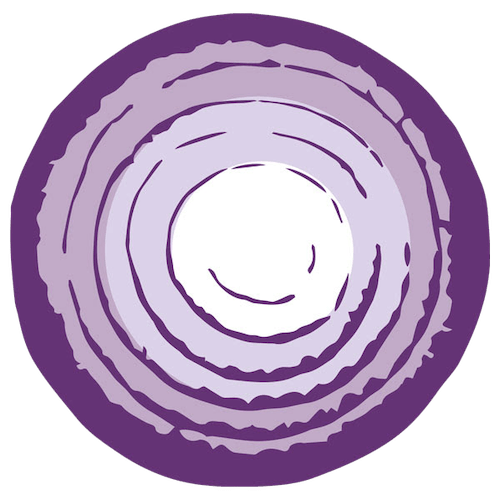
Assessments
At Insideout Living, we have carefully selected a variety of assessment tools that provide information about the client’s thoughts, emotions, and behaviors related to the addiction process and the unresolved trauma that drives the addiction. Individuals with sexual addictions often have other addictions such as those related to work and money. Collectively, the addictive behaviors assist the client in numbing painful emotions that are experienced and expressed in the client’s body. A client with low body awareness may be unaware that these body sensation are connected to emotions and as a result, the emotions remain stuck in the body.
This is especially true for emotions related to old unresolved traumas or disempowering life events. These emotions can be stirred up during a current-day trigger and can be experienced as bodily sensations. Since these sensations are related to the client’s past trauma, the client may use addictive behaviors as medication for the pain. Using assessment tools to help the client understand how the brain and relationships are impacted by trauma can help the client seek the support necessary to express and release the emotions connected to the unresolved trauma. This allows the client to return to a state of regulation and begin to replace the addictive behaviors with new empowering behaviors.
Insideout Living Assessments
The following are evidence-based assessments that are used by Insideout Living to help the client understand how the addiction occurs in the context of one’s life. The results help illuminate one’s addictive behaviors, relationship patterns, and unresolved traumas so that a client can initiate and maintain recovery and increase overall health and wellness.
Typically, these assessments are conducted as part of the client’s intensive counseling experience and are included in the cost of the intensive. These assessments are also offered a la carte and our staff is available to administer and interpret these assessments as part of ongoing treatment with other health care professionals.
Sexual Dependency Inventory 4.0 (SDI)
The Sexual Dependency Inventory 4.0 (SDI) is an evidence-based tool used in the assessment of sex addiction. The SDI consists of an extensive online questionnaire that typically takes two hours to complete. Clients are encouraged our to complete the SDI as it is an excellent tool for identifying behavior patterns that may underpin an individual’s sexually compulsive behavior.
Post-Traumatic Stress Index-R (PTSI-R)
The Post-Traumatic Stress Index-R (PTSI-R) is an evidence-based tool. It is designed to assess a client’s current style of functioning related to past or current trauma. Because unresolved trauma often lies at the heart of addictive behaviors, clients are encouraged to complete the PTSI-R.
Money and Work Adaptive Styles Index (MAWASI)
The Money and Work Adaptive Styles Index (MAWASI) measures how money and/or work has impacted an individual’s life behaviorally, emotionally, and cognitively as well as the ways in which one adapted his or her life to those behaviors, feelings and thoughts. Because sexually addiction is often accompanied by other addictions, we encourage clients to complete the MAWASI.
Attachment Style Assessment (ASA)
The Attachment Style Assessment (ASA) measures the style of one’s attachment (secure, ambivalent, avoidant, or fearful) to primary caregivers in the early years. The attachment style tends to remain constant throughout the lifespan and may negatively affect emotional development and relationship health. Clients are encouraged to take it because understanding one’s attachment style can help interrupt patterns that are no longer useful.
Body Perception Questionnaire (BPQ)
The Body Perception Questionnaire measure one’s level of body awareness and how the person’s autonomic nervous system (ANS) reacts. The ANS controls the cardiovascular, respiratory, digestive, and temperature regulation systems and is involved in the experience and expression of emotions. Clients are encouraged to complete the BPQ to increase body awareness and understand how emotions are experienced in the body.
Trigger/Trauma Mapping
We walk clients through steps to identify cycles of mobilization, disconnection and engagement. Current-day triggers activate a “drive to survive” in response to the “longing to connect.” As part of the process, the client completes a personal profile map, trigger and resources map, regulation map and tracking graph, which traces the path of trigger and trauma through the client’s brain and body in order to create a new pathway that resolves the trigger in an empowering manner.
Additional Assessments
Insideout Living also offers other evaluative assessments that provide information that is essential to the healing process. The treatment team at IOL will tailor these assessments to each client’s individual needs.

